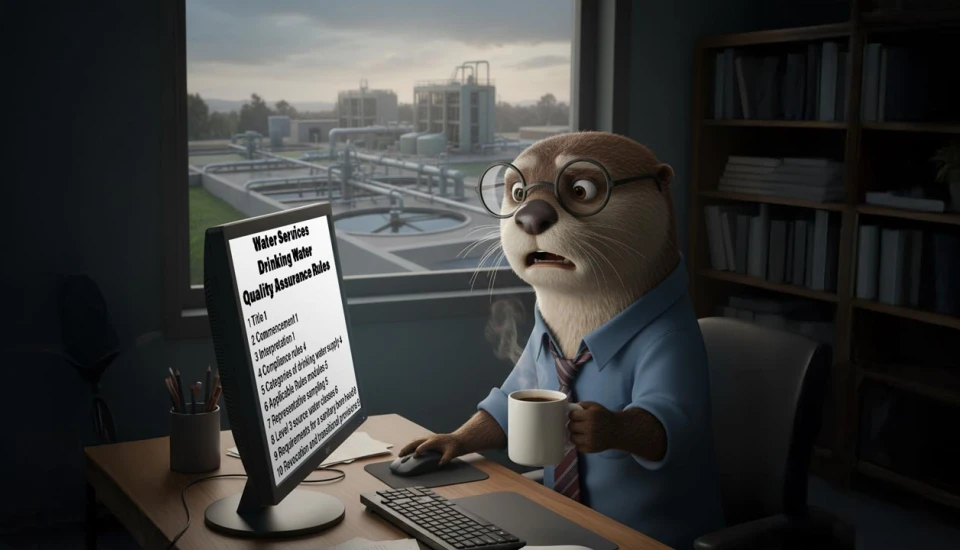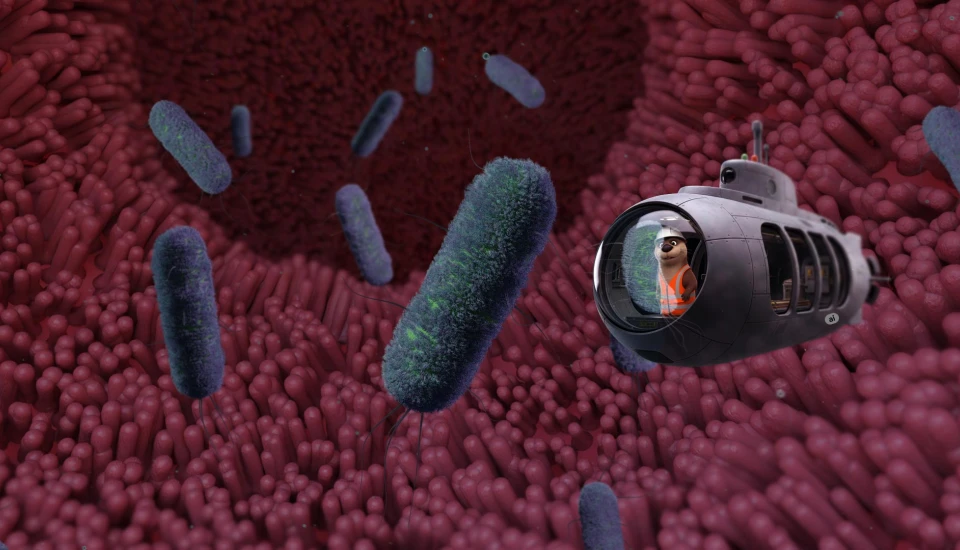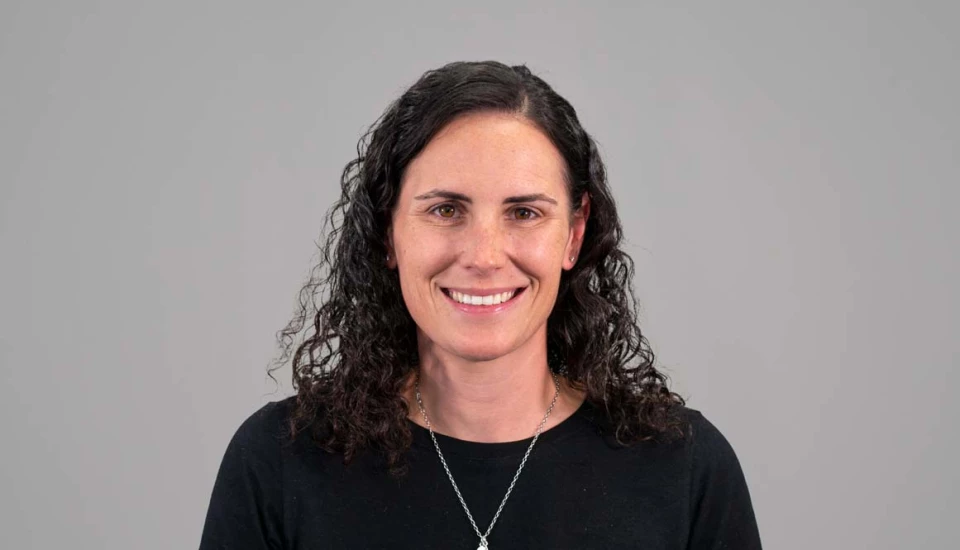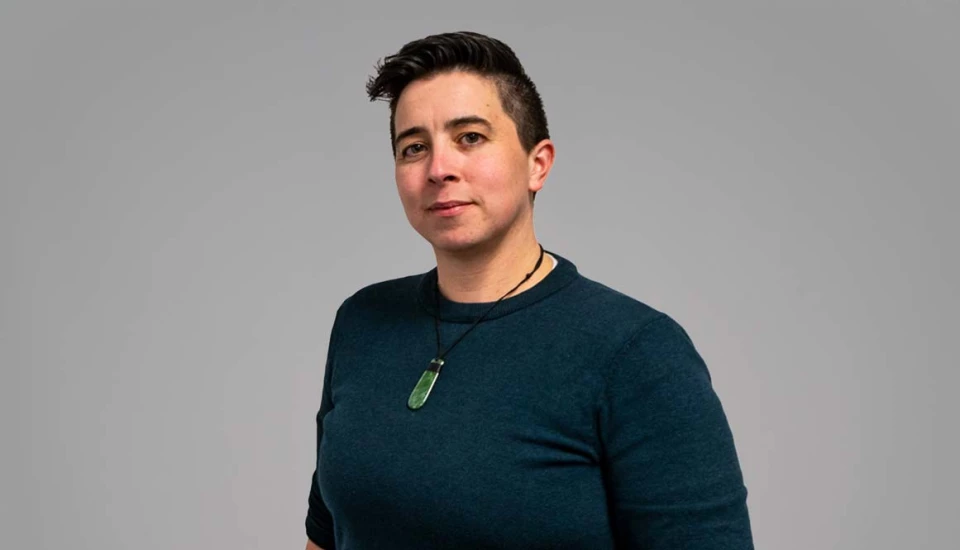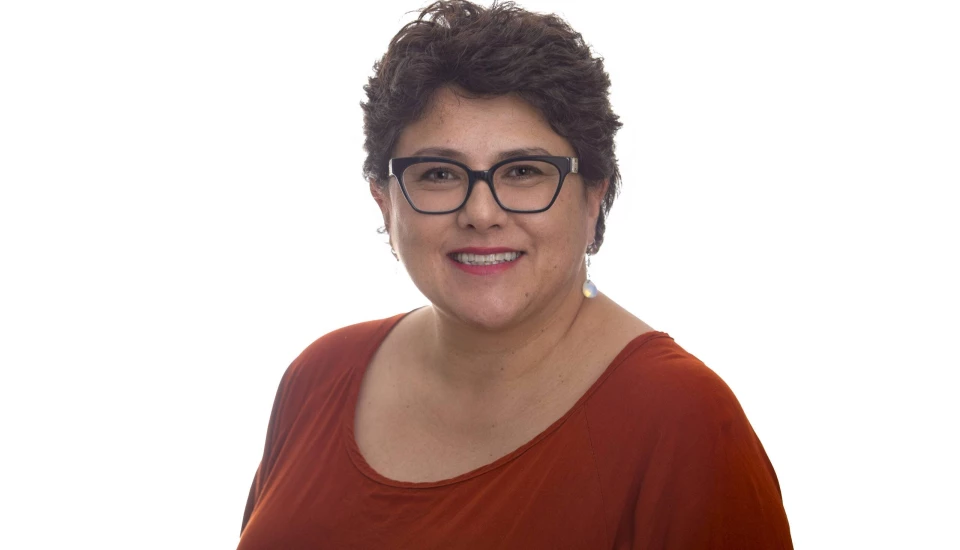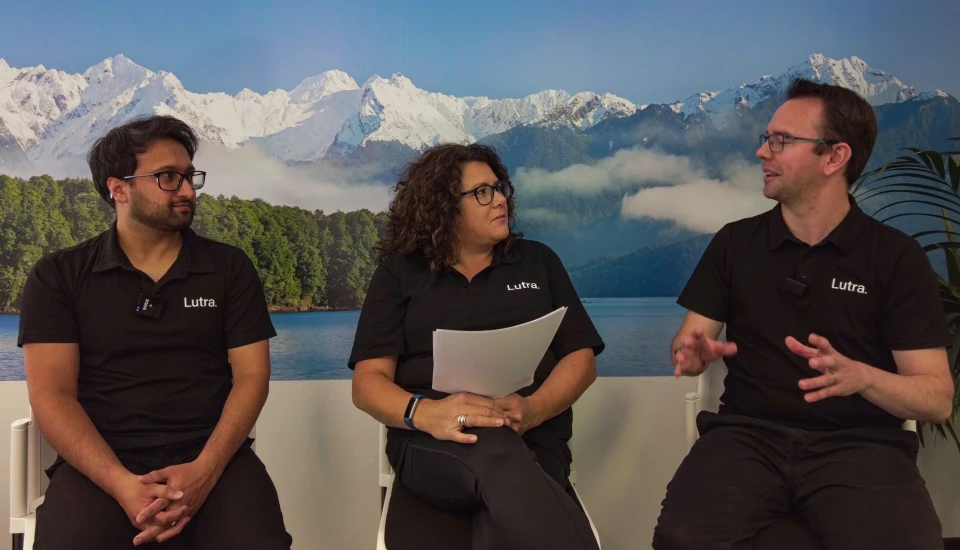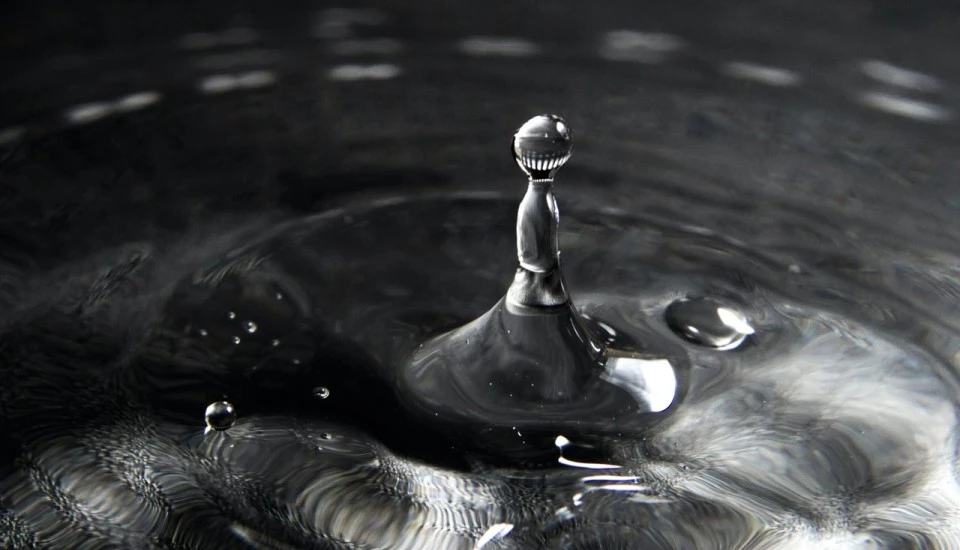Understanding Total Coliforms: What Small Water Suppliers Need to Know
If you supply drinking water even to just a few households (under current New Zealand regulation) you are legally required to test for Total Coliforms and E. coli. These tests help ensure your water is safe to drink and free from harmful contamination. The following information is for smaller water suppliers, if you are part of a larger organisation; such as a council that supplies water, be sure to follow your set procedures when responding to any contamination incident.
Why Test for Total Coliforms?
Total Coliforms are a group of bacteria found in soil, plants, and the intestines of warm-blooded animals. While they’re not usually harmful themselves, their presence in drinking water can signal that something’s wrong—like a broken treatment system or contamination from animal waste.

What Do the Test Results Mean?
Positive E. coli result: This is serious. E. coli often comes from faecal matter (yes, poo), and its presence means the water is unsafe to drink.
Positive Total Coliforms result (but no E. coli): This means some bacteria are present, and there’s a risk of E. coli contamination. It’s a warning sign that something in your system might be failing.

What Should You Do If Coliforms Are Detected?
In New Zealand, you must notify the drinking water authority if your water might be unsafe. You can find out more about this in the Water Services Act sections 21 and 22. But it means you need to take immediate action to protect people’s health and advise consumers.
Step 1: Inform Your Consumers
For small suppliers, the easiest way is to issue a Boil Water Notice. This tells people to boil water before using it for drinking, cooking, or brushing teeth.
Step 2: Inform The Water Authority
Contact your local water authority and let them know of the issue, in New Zealand this is Taumata Arowai – The Water Services Authority. You can find more information on reporting incidents here.

Step 3: Investigate the Cause
Here are some common reasons for contamination:
- Nearby wastewater treatment failures
- Low chlorine levels
- UV system not working properly
- Filter failure
- Low pressure in pipes causing backflow
- Broken or missing backflow prevention devices
- Animals (like birds or rats) getting into tanks
- Treatment system not turned on or malfunctioning
- Incorrect chemical dosing
- Filters or UV bulbs needing replacement
Step 4: Check Your Sampling Process
Make sure your sample taps are clean and ideally metal (so they can be sterilised with a flame). A contaminated tap can give false results.
When to Ask for Help
If you’re unsure how to fix the issue or can’t find the cause, contact your treatment system supplier or a local water expert. If you’re in New Zealand or Australia, Lutra has specialists who can point you in the right direction.
Final Thoughts
Water treatment can be complex, but even small suppliers can manage it with the right knowledge and support. Keep an eye on your test results, follow local procedures, and don’t hesitate to ask for help.
Glossary of Terms
|
Term |
Definition |
|
Total Coliforms |
A group of bacteria used to indicate water quality. |
|
E. coli |
A type of coliform bacteria that can cause illness if found in drinking water. |
|
Boil Water Notice |
A public notice advising people to boil water before use. |
|
Backflow |
When water flows in the wrong direction, potentially bringing contaminants into clean water. |
|
UV Treatment |
A method of disinfecting water using ultraviolet light. |
|
Sampling Point |
The location where water samples are taken for testing, usually at least 1 raw (untreated) point and 1 treated water |
Quick Summary
· Total Coliforms indicate potential contamination.
· E. coli presence means the water is unsafe.
· Notify authorities and issue a Boil Water Notice if contamination is detected.




